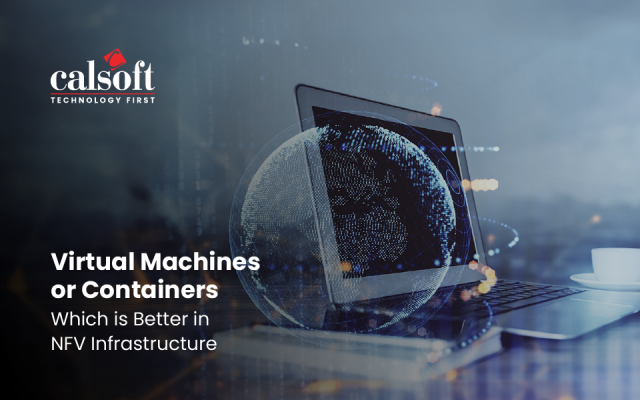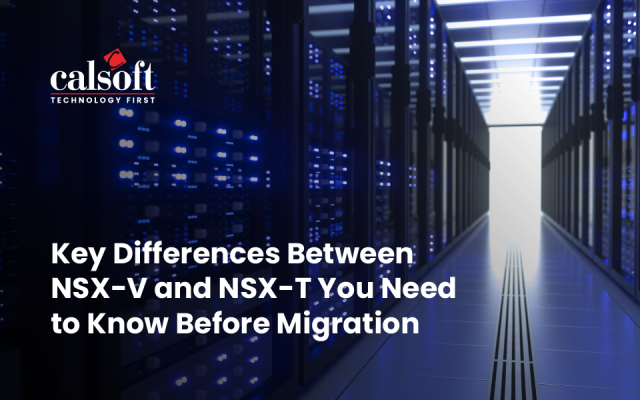Network as a Service (NaaS) is driving huge market expansion, thanks to its remarkable benefits around flexibility, cost, and security. Nearly half a decade back, the NaaS market was valued at $1.85 billion, according to the observations of a market research firm called Stratistics MRC. They have also predicted that the market will reach a $22.5 billion valuation by 2022.
Moreover, MarketWatch researchers claim: “The Global Network-as-a-Service market size is projected to reach USD 19,550 million by 2026, from USD 4,191.9 million in 2020, at a CAGR of 29.3%”. All in all, we see exponential growth in the implementation of NaaS models.
NaaS is in demand “!” Or “?”
NaaS offers simplified network operations, brings the magic of on-demand services to networks, gives more power and flexibility to customers, eases the adoption of new technologies, and provides a subscription-based model. Moving to the NaaS model is helping enterprises, CSPs, and MSPs to cut down mundane network operations and integrations, resulting in time and cost savings. It also gives them more bandwidth to focus on innovation using cutting-edge technologies to generate new revenue opportunities and expand their market reach.
The pandemic has caused a shift to remote working conditions for everyone today. The power of cloud-based NaaS is enabling zero-touch, user-centric network security architecture for better protection. According to a recent Forrester study: “82% of all organizations have already committed to migrating to a zero-trust security architecture”.
Though the future of NaaS looks promising, according to Cisco, NaaS has demonstrated true value for some companies after implementation, while many other companies are still waiting to see the benefits that it has to offer. This proves that NaaS is a purely context-based model that depends on the company’s infrastructure. Let’s understand, typically what type of service models the NaaS market is offering.
NaaS service models
Bandwidth-on-Demand: Bandwidth is oxygen for digital connectivity and each company needs it as per its capacity. Usually, connectivity services provide a static experience, but with changing times and the heightened need for high-availability networks, bandwidth-on-demand could just be the solution everyone is looking for. It gives full control to customize the connectivity constraints and network usage. For example, a user can request 3G bandwidth to watch an online video and 5G bandwidth to download it.
Virtual Private Network: Remote working conditions are relying highly on this model nowadays. Yes, it is nothing but a type of NaaS. It enables the user to create a secure connection to another network over the Internet. VPNs can also be used to access geo-restricted websites and protect the user’s browsing activity on the public Internet. VPN enables the user to transmit and receive data, across shared and private networks, but with the functions and policies of a private network.
Mobile Network Virtualization: Mobile networks are adopting virtualized and containerized architectures in their race towards achieving faster connectivity. Mobile network providers need to also take care of the bandwidth demand, capacity, and customer experience. Network service providers create and manage a mobile network and sell it as software to a third party for users to leverage the efficient mobile network.
Features & benefits of NaaS
- Users can access the Internet securely through NaaS
- Users can leverage virtualized networks without worrying about the underlying infrastructure
- Provides worry-free business innovation opportunities
- Hardware and maintenance costs are saved due to the use of a virtual environment
- Offers flexibility to access data from anywhere and at any time over the Internet
Why NaaS is a hot favorite of Networking fortune tellers?
We all can very well see that 5G is the future that will bring us better, reliable & energy-efficient connectivity, faster speed, low-latency bandwidth, and all this even on our mobile devices. This wave of transformation will help in connecting people and devices better. But 5G requires a great deal of infrastructural changes for the network providers and even for the users.
5G’s network slicing capability provides a differentiated experience for users and devices based on their bandwidth demand and the environments they operate in. Network slicing leverages the mobile network resources virtualization to enable the operator to create various logical networks possessing distinct capabilities over a single physical network. Network services are getting better as the networks go from strength to strength. And the enterprises and network providers are getting smarter as the network services go a notch higher on the intelligence scale.
Get in touch with our Networking and Telecom experts to explore our NaaS use cases.
Sources:
Cisco | Forrester | MarketWatch | Tech Target






